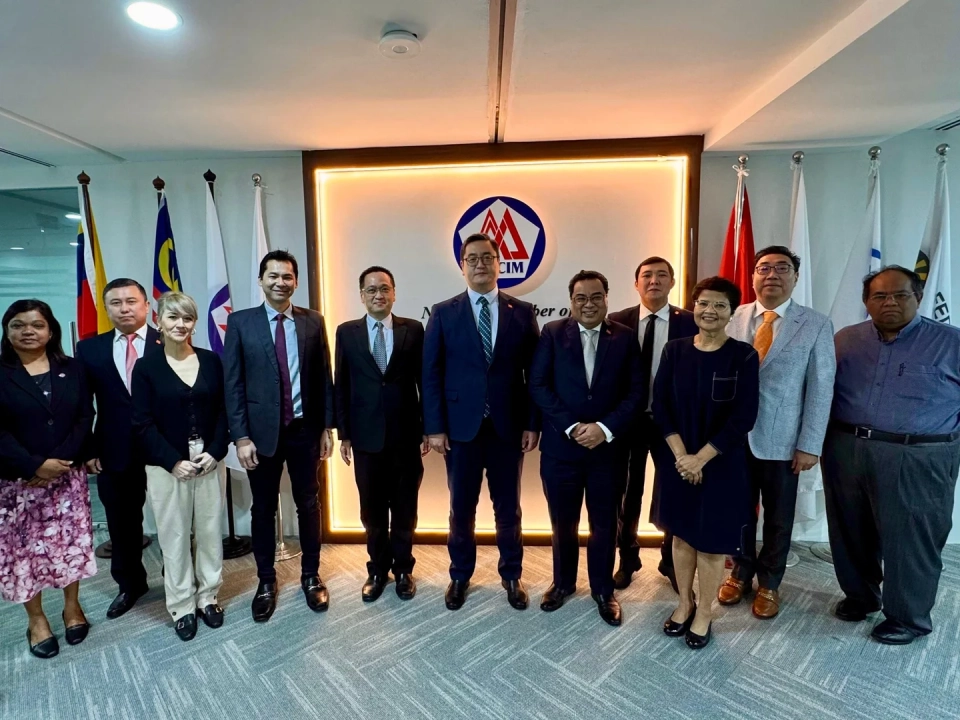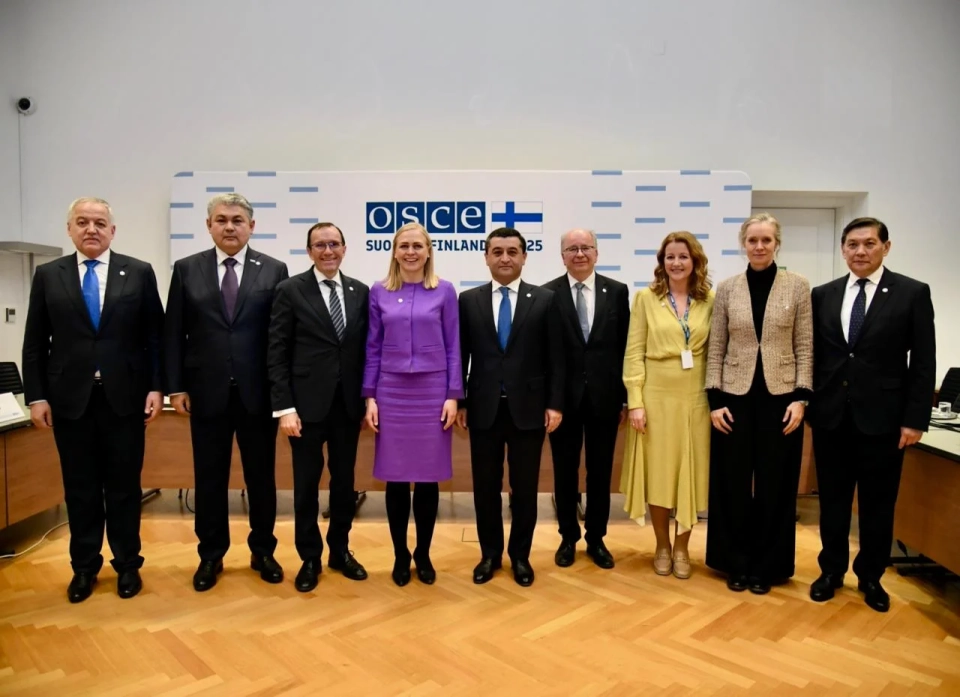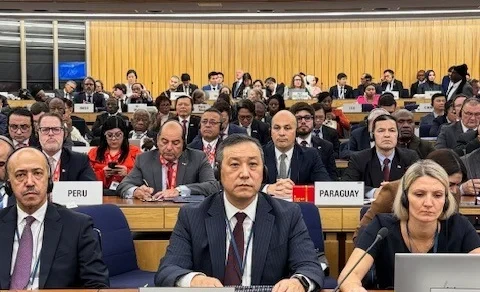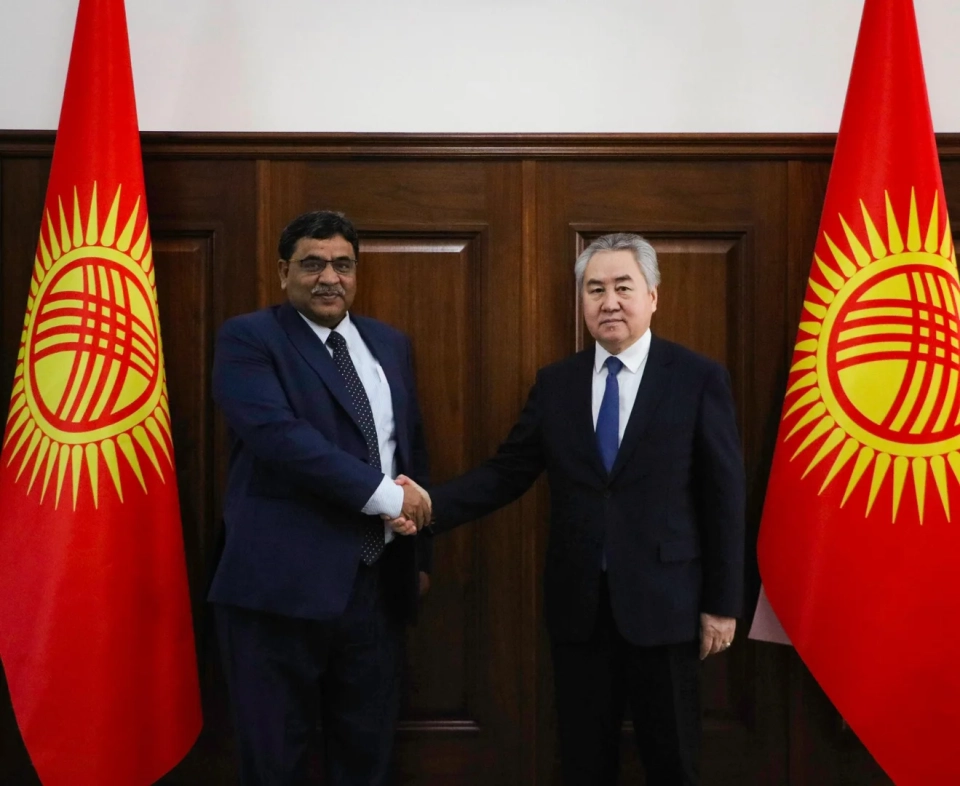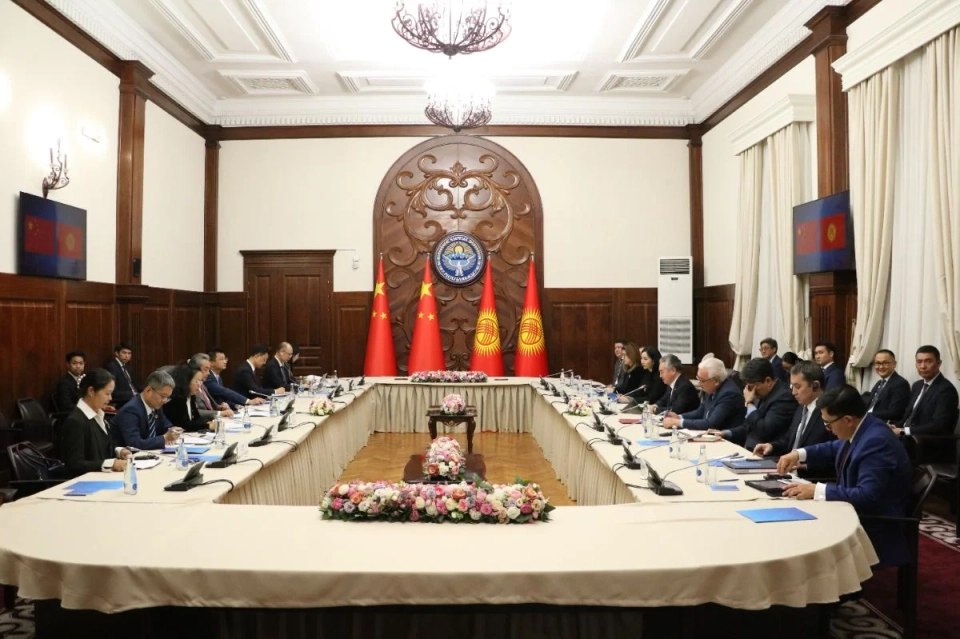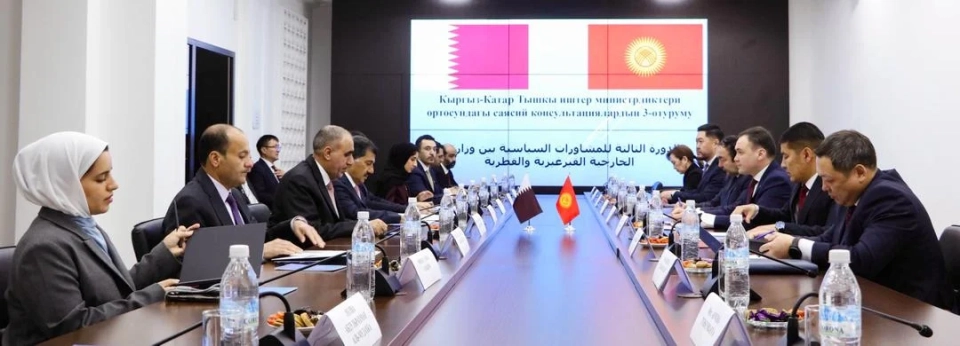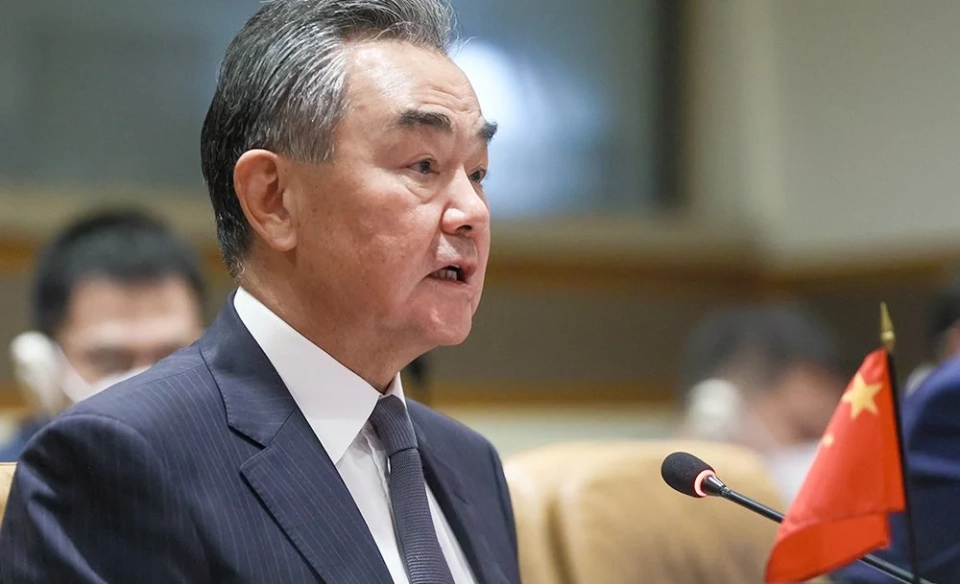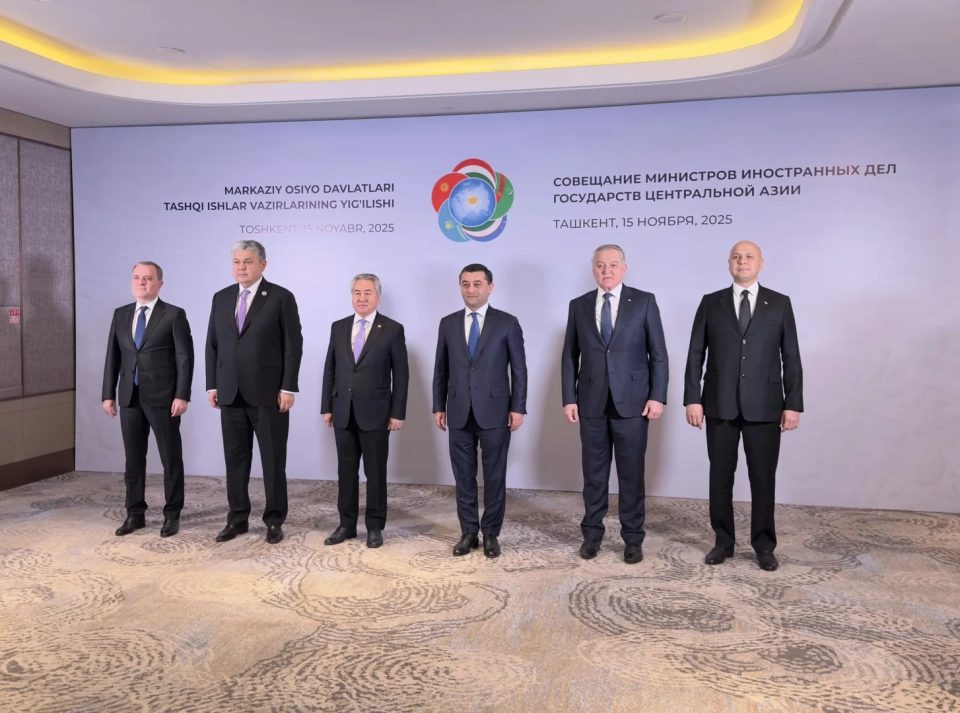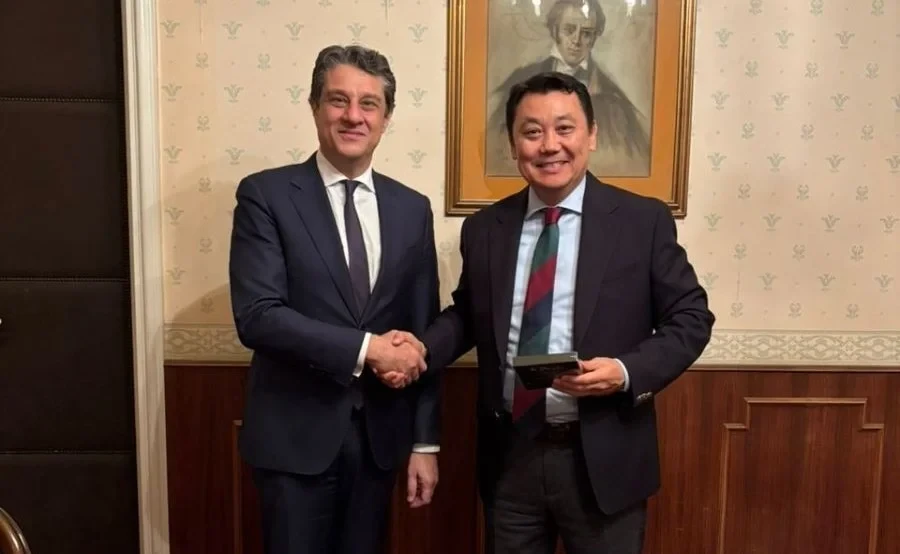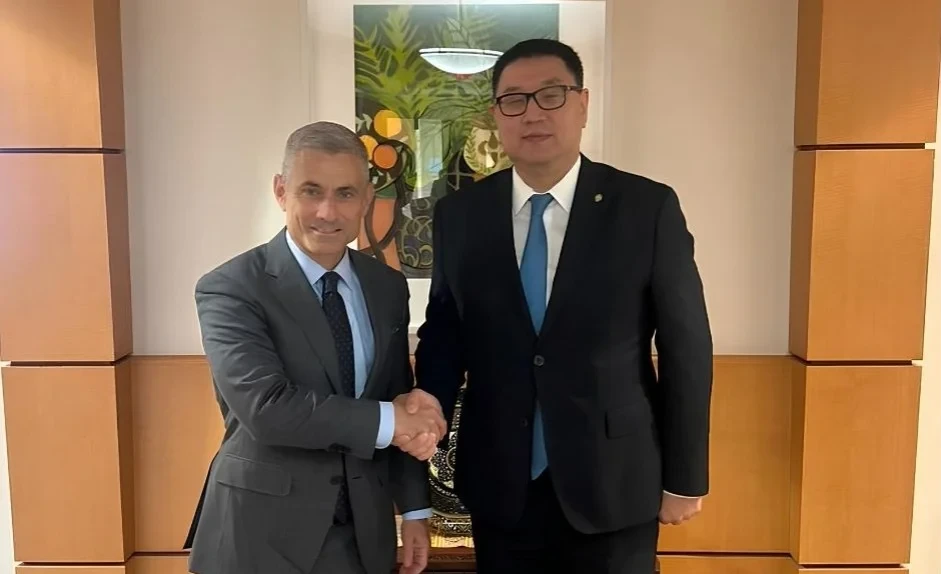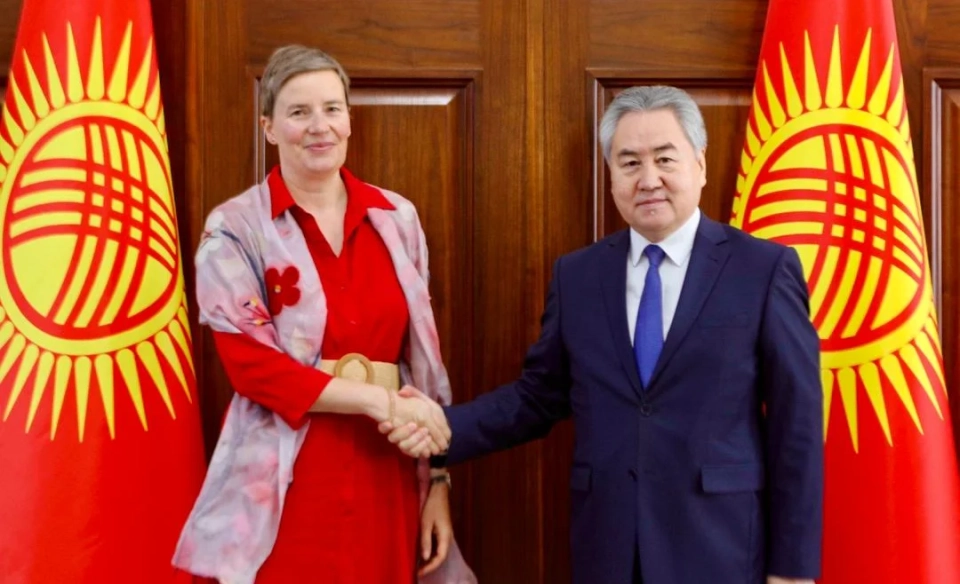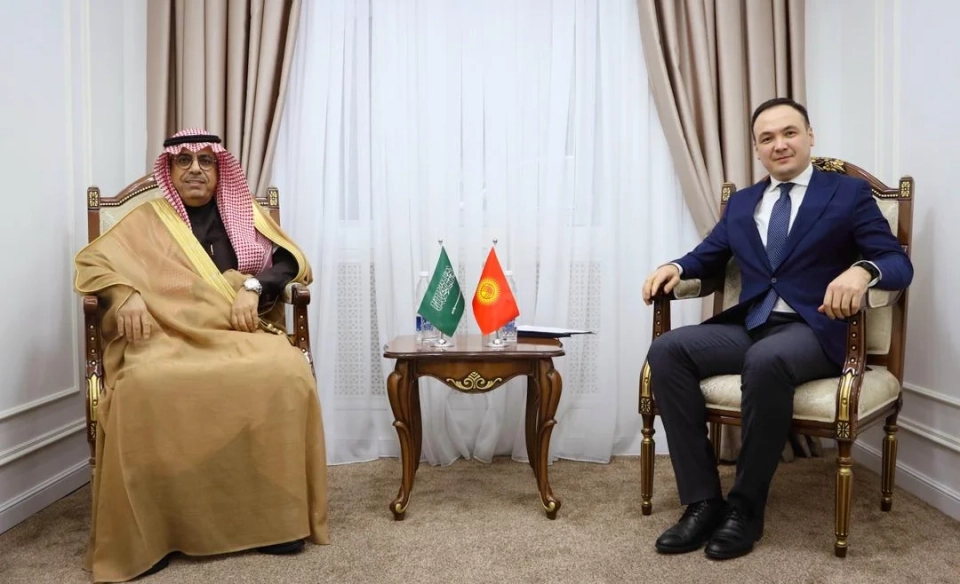
The Ambassador of the Kingdom of Saudi Arabia Completes Diplomatic Mission in Kyrgyzstan
Today, a farewell meeting took place in Bishkek, where Deputy Foreign Minister Temirbek Erkinov bid farewell to the Ambassador of the Kingdom of Saudi Arabia, Ibrahim bin Radi Al Radi, who has completed his diplomatic mission in the country. During the meeting, as reported, Temirbek Erkinov expressed gratitude to the ambassador for his active work and significant contribution to strengthening Kyrgyz-Saudi relations, which are based on trust and respect.

